University of Leeds
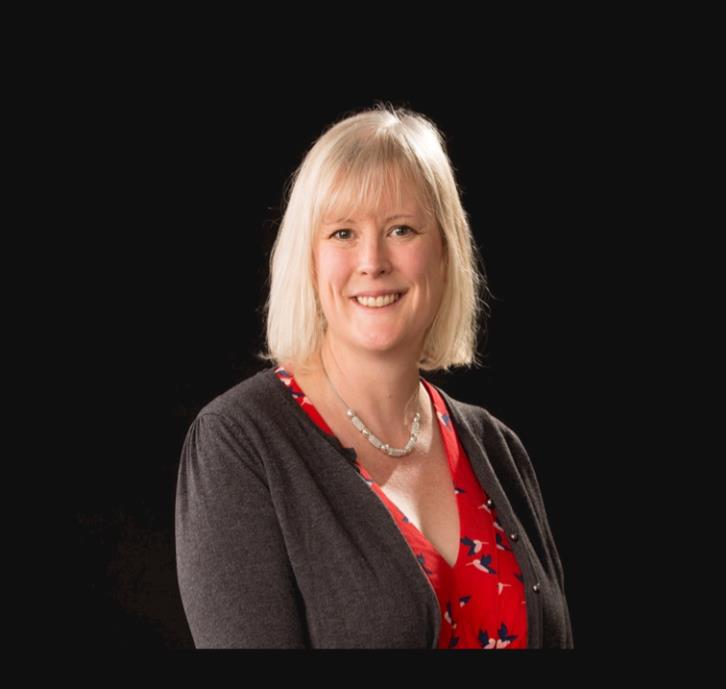
Professor Cath Noakes
Professor of Environmental Engineering for Buildings
Cath is a chartered mechanical engineer with a background in fluid dynamics, and significant expertise in ventilation and indoor air quality. Her research group conduct experimental and modelling based studies, with a strong focus on ventilation for health including exploring the transport of airborne pathogens and effectiveness of engineering approaches to controlling infectious disease transmission.
‘I am the principle investigator for TRACK with responsibility for the strategic direction, coordinating across all of the work packages and dissemination of findings. I also contribute to the development of models in WP1.’
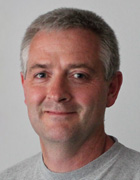
Professor Simon Shepherd
Professor of Transport Modelling and Design Policy
Simon is a Mathematical Engineer with a strong background in modelling transport systems and advising on policy. His research interests are in applying system dynamics to the modelling of transportation problems.
‘I am advising on the modelling and analysis of travel in relation to COVID risk modelling as part of work package 3.’
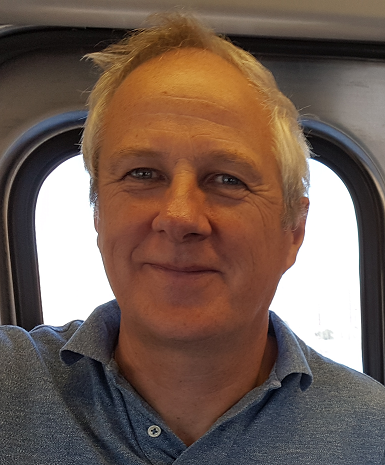
Dr Andrew Tomlinson
Research Fellow TRACK Project
Andrew has a software engineering background with a strong interest in public transport. Prior to retirement from full-time work last year he used to also teach on the ITS Transport Masters programme and was the facilities manager at the ITS suite of driving simulators.
‘I am carrying out research related tasks within WP3 including design, administration and analysis of survey data and development of relevant models.’
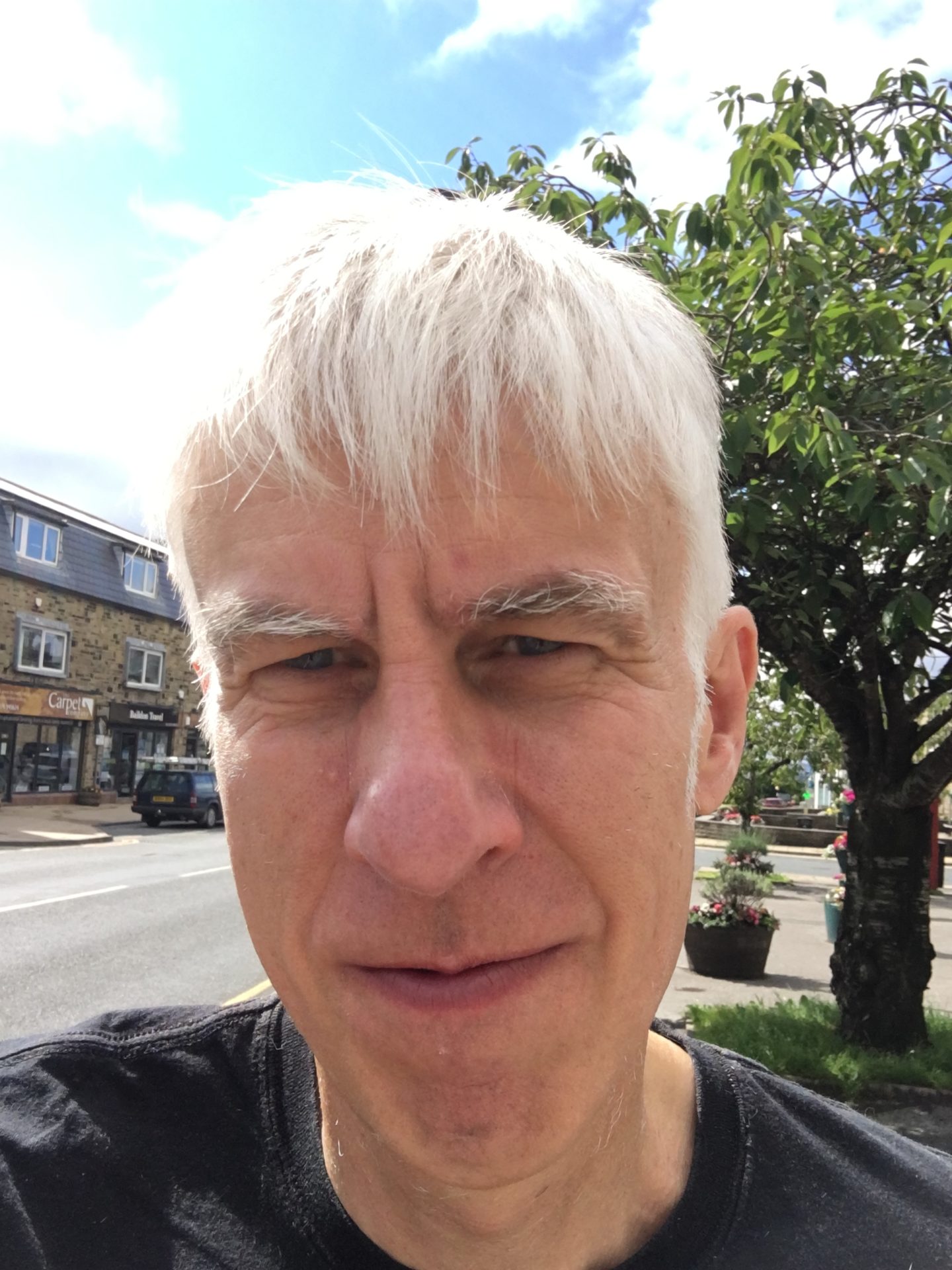
Professor David Watling
Co-Investigator
David is a mathematical modeller who analyses and simulates transportation systems (including travel behaviour and networks), especially those that involve complex interactions between users.
‘I am advisor on modelling and analysis of travel and relation to Covid risk modelling.’
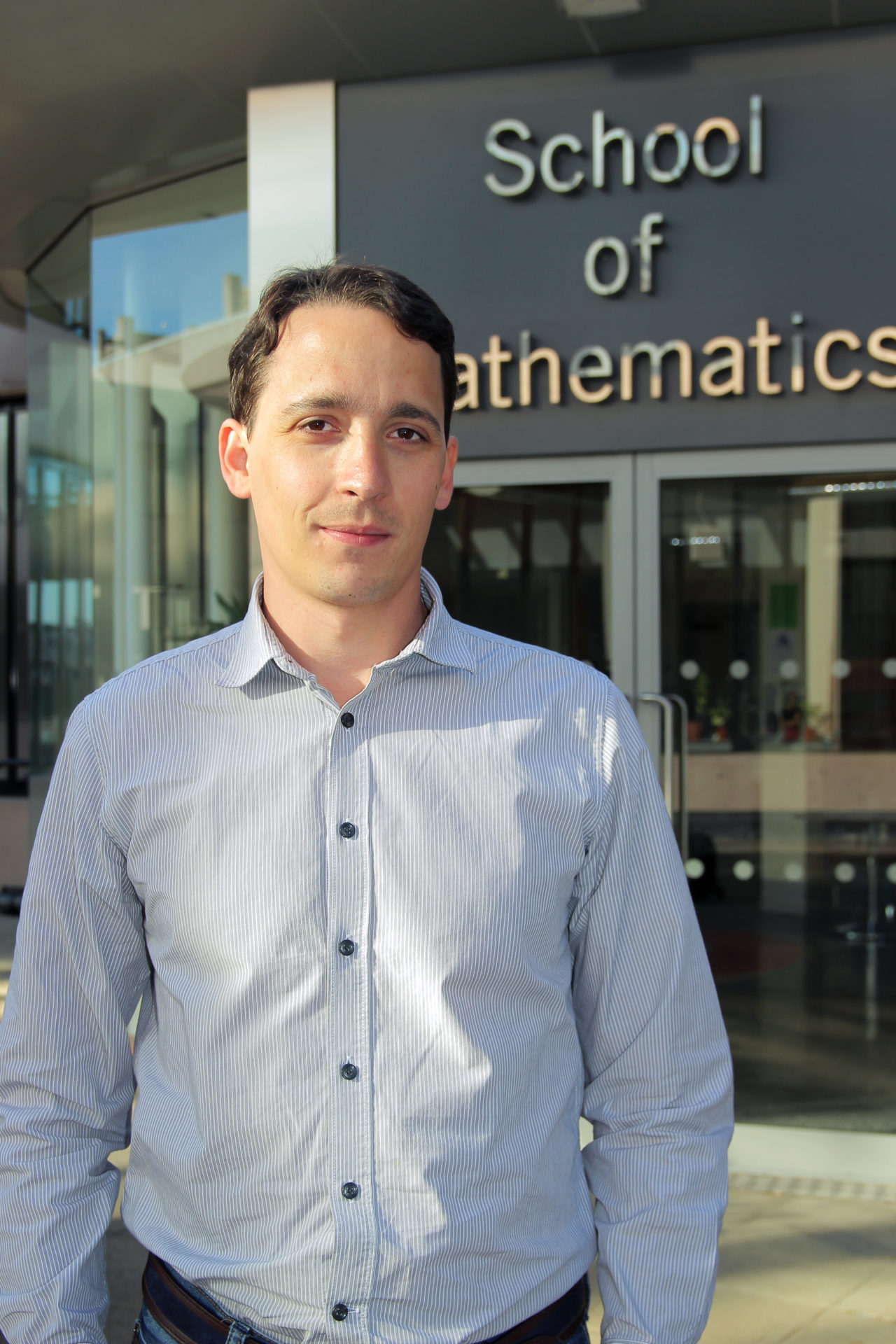
Dr Martin Lopez-Garcia
Associate Professor, Department of Applied Mathematics
Martin is an applied mathematician working in Mathematical Immunology and Epidemiology. He co-leads the Mathematical Immunology group at Leeds, which develops and calibrates mathematical models to study numerous biological systems related to infection & immunity. Martin also has expertise in Quantitative Microbial Risk Assessment techniques, which are exploited within TRACK to predict exposure to SARS-CoV-2 in different environments.
‘I lead activities within WP1. We work in collaboration with the Defence Science and Technology Laboratory to develop computational models to simulate and predict exposure to SARS-CoV-2 in public transport settings. These models are informed from data arising from other Work Packages within TRACK.’
Professor Susan Grant-Muller
Professor of Technologies and Informatics at the University of Leeds Institute for Transport Studies and a Fellow of the Alan Turing Institute.
Susan leads a programme of research into large scale data analytics and the role of novel data in developing sustainable transport policy. Her current interests lie in understanding the wider impacts of ICT enabled mobility infrastructure (such as health, energy and carbon impacts) and understanding incentivisation as part of behaviourally orientated demand management. She is Co-Investigator for the ESRC Consumer Data Research Centre (CDRC) and a Co-Director of the Leeds Institute for Data Analytics (LIDA) Societies community. Susan is a statistician by discipline and in TRACK, leads the WP3 team on understanding the demographic using public transport, public perceptions and behavioural models.
‘I lead work package 3, which is concerned with understanding the demographic using public transport – who is travelling, when, for what purpose and how does their perception of risk influence their choices and behaviour.’
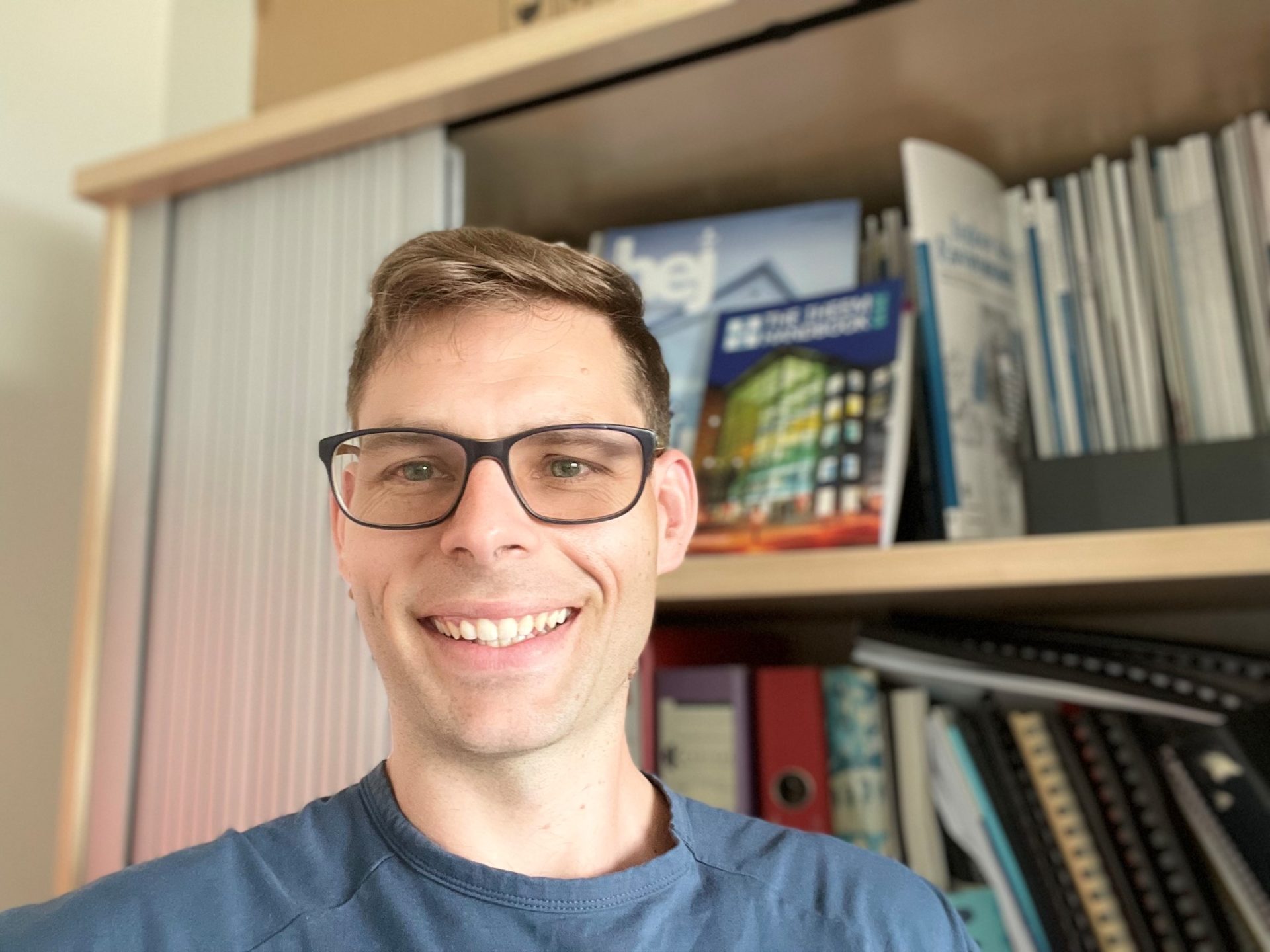
Marco Felipe-King
Lecturer
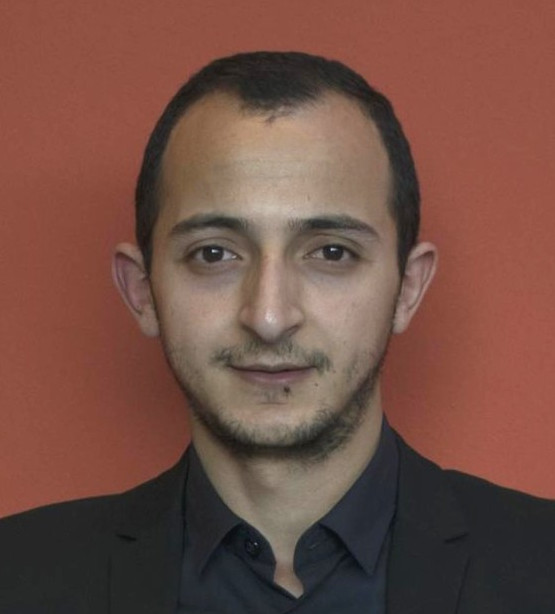
Dr Yanis Boussad
Research Fellow TRACK project
Yanis is a computer scientist, with strong background in wireless telecommunication networks, network experimentations and measurements, and big data analysis. Prior joining the ITS, he was completing his PhD at the University of Côte d’Azur, in France, where he worked on “Large scale characterisation of exposure to radiofrequencies”. He his mainly interested in studying, modelling and analyzing human-centric data.
‘As part of TRACK I am analysing wireless signals data and proximity modelling using Bluetooth signals for Covid-19 risk assessment. I am also undertaking agent-Based modelling of pandemics focusing on mobility patterns, proximity, and population behaviour.’
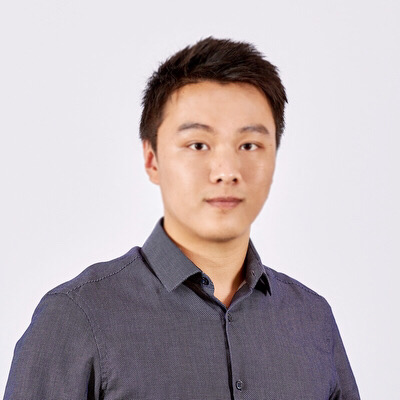
Dr Yuanxuan Yang
Research Fellow TRACK project
Yang is a research fellow and has a geography background. He developed expertise in GeoComputation, Urban analytics, Geodemographics and Network science.
‘I am analysing smartphone tracking app data on individuals’ travel behaviours, especially people’s public transport use as part of work package 3.’
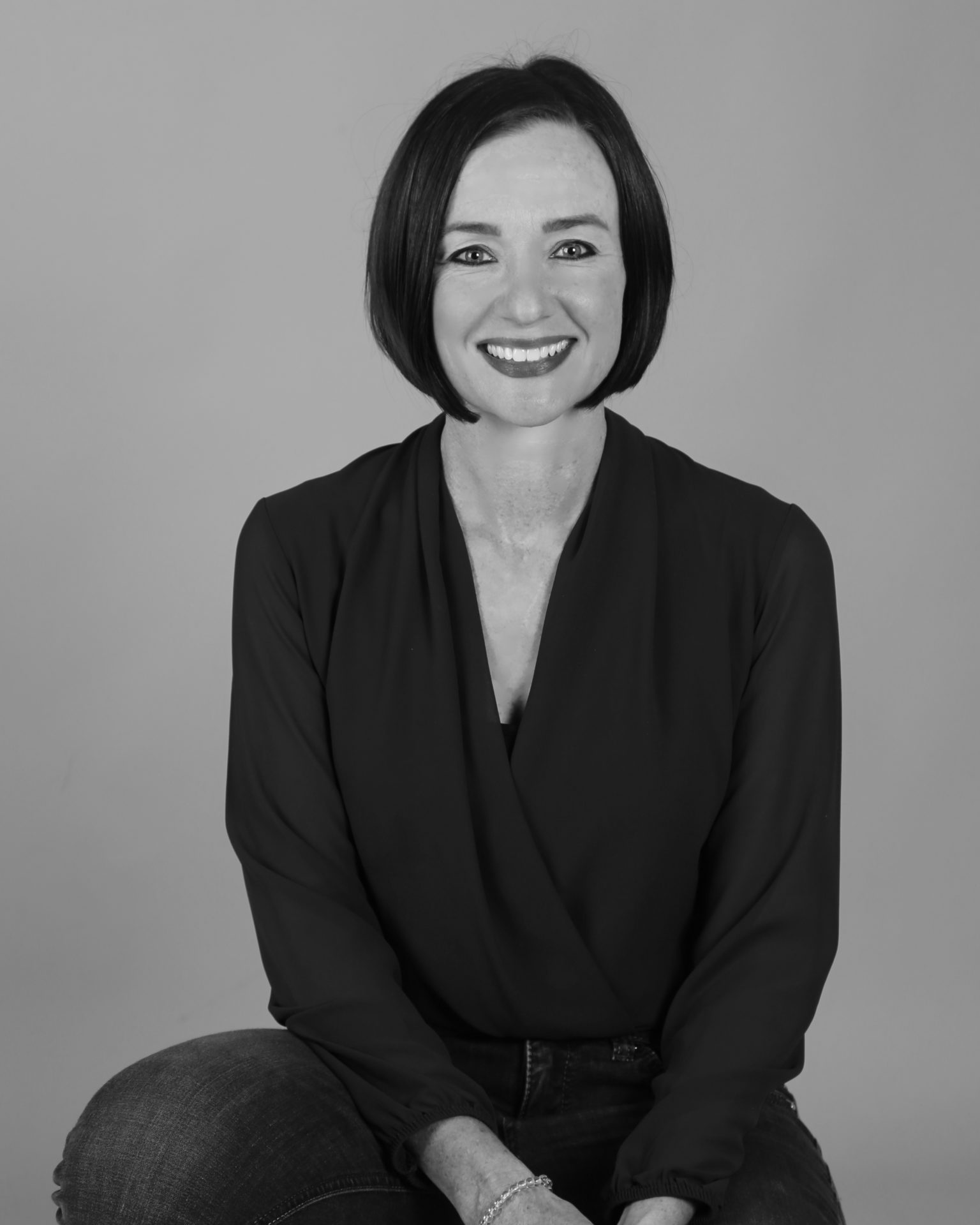
Dr Jo-Ann Pattinson
Impact Fellow
Jo is a socio-legal researcher with expertise in technology, transport and is interested in the impact policy and regulation has on individuals and society. She is a former lawyer, having practised in Australia and the UK, and is part of the Impact team working to enhance the outputs of TRACK.
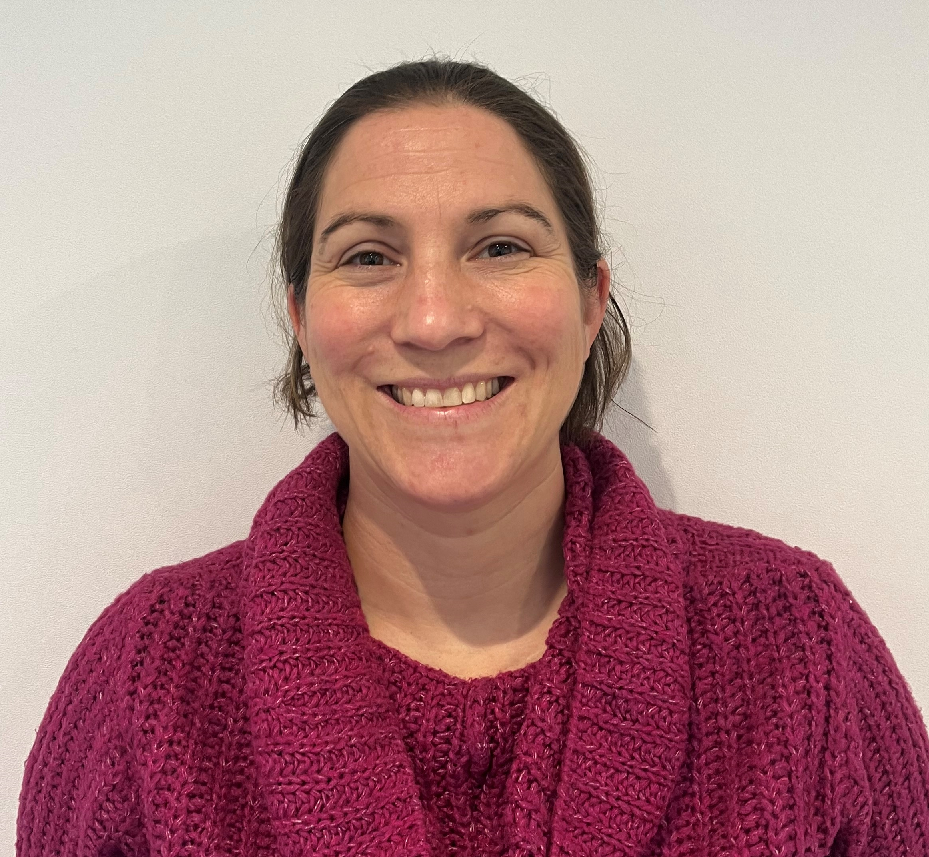
Dr Katy-Anne Moseley
Impact Fellow
Katy is an environmental microbiologist with a specialism in investigating the transmission of respiratory pathogens including SARS-CoV-2, Influenza, SARS-CoV-1, MERS and Mycobacterium tuberculosis.
She has an interest in outbreak response and resilience planning, and is part of the Impact team working with Jo to enhance the outputs of TRACK.
DSTL
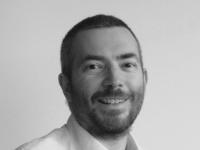
Dr Simon Parker
Senior Principal Scientist and Fellow
Simon has a background in exposure assessment modelling for chemical and biological materials. I specialise in fluid dynamics, aerosol science, compartmental models and transport systems.
‘I am the technical lead for development of the mathematical quantitative microbial risk assessment (QMRA) models within Dstl. I work alongside colleagues at Dstl and the University of Leeds to understand viral exposure in different transport scenarios. I also link into the work with colleagues in other WP to make best use of supporting information for the risk model.’
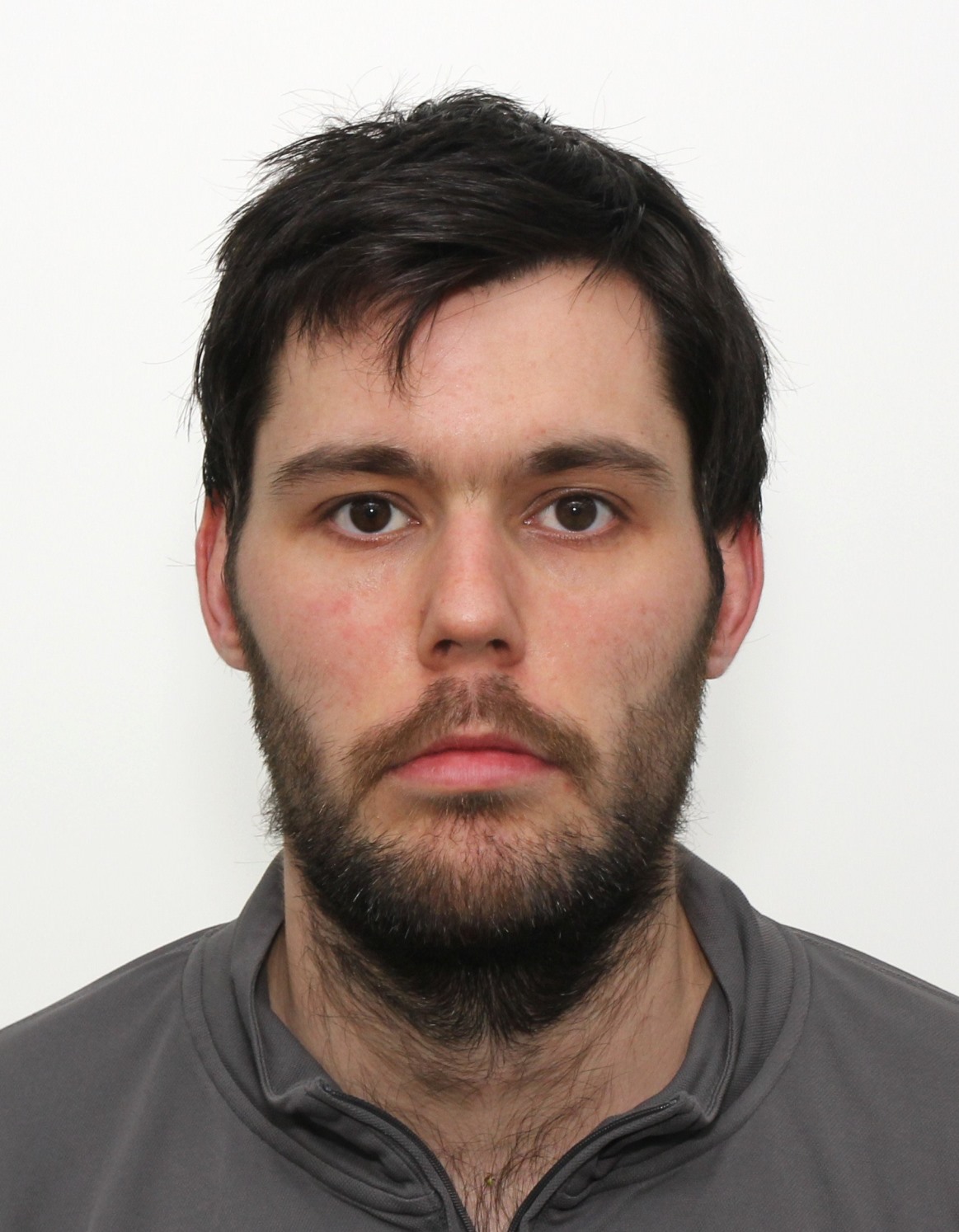
Dr Daniel Miller
Senior Scientist
Daniel is a Senior Scientist at Dstl with a focus on ventilation, dispersion and fluid dynamics. Since the onset of the pandemic he has been focussed on mitigating transmission of SARS-CoV-2 in indoor environments through Dstl’s contribution to the TRACK and NCS PROTECT projects.
‘My role within TRACK primarily focusses on building and analysing quantitative microbial risk assessment (QMRA) models to help understand how people’s risk is influenced by a wide variety of mitigations and behaviours.’
UKHSA
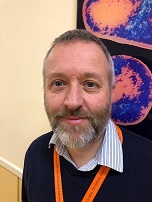
Mr Allan Bennett
Head of Biosafety, Air and Water Microbiology Group
Allan is head of the Biosafety, Air and Water Microbiology Group at UKHSA. Allan is an environmental microbiologist with an interest in transmission of infectious disease in air, water and surfaces and in the effectiveness of mitigations to prevent transmission.
‘I am leading work package 2 which is both undertaking environmental sampling in public transport vehicles and assessing mitigation strategies to reduce environmental contamination.’
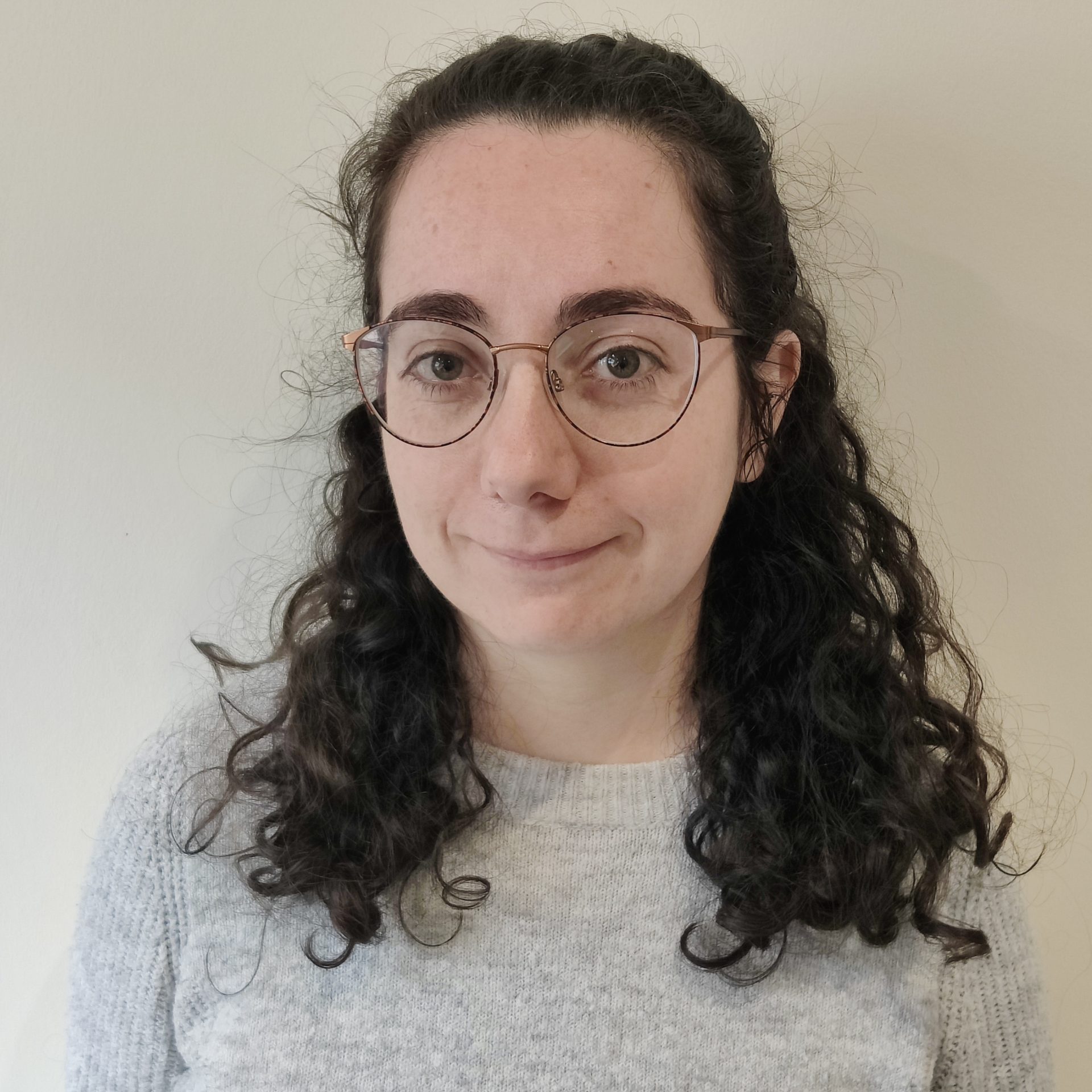
Dr Paz Aranega-Bou
Project Team Leader, Water HCAI and Environment Group
Paz is an applied microbiologist and has been involved in several projects investigating the role of the built environment in transmission of infection. Her previous work has focused on the role of sinks in the transmission of Gram-negative bacteria resistant to last resort antibiotics in hospital settings and the evaluation of mitigation strategies to reduce the risk.
‘I lead on the day to day work for WP2 which includes sampling of public transport vehicles to uncover patterns of environmental contamination and evaluation of mitigation strategies to reduce the risk of transmission in this setting.’
First Group
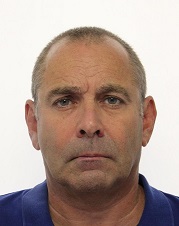
Mr Jonathan Bridgewood
Group Rail Technical Director
Jonathan is a professional engineer that takes a system approach to the design, manufacture, maintenance and operation of the rail services. He is always seeking to improve the way they approach asset management and the use of technology in the way they operate and maintain the fleets while ensuring that passengers and employees remain at the heart of the service.
‘I am a Train Operator industry advisor supporting, guiding and facilitating access for data capture for all work packages.‘
Newcastle University
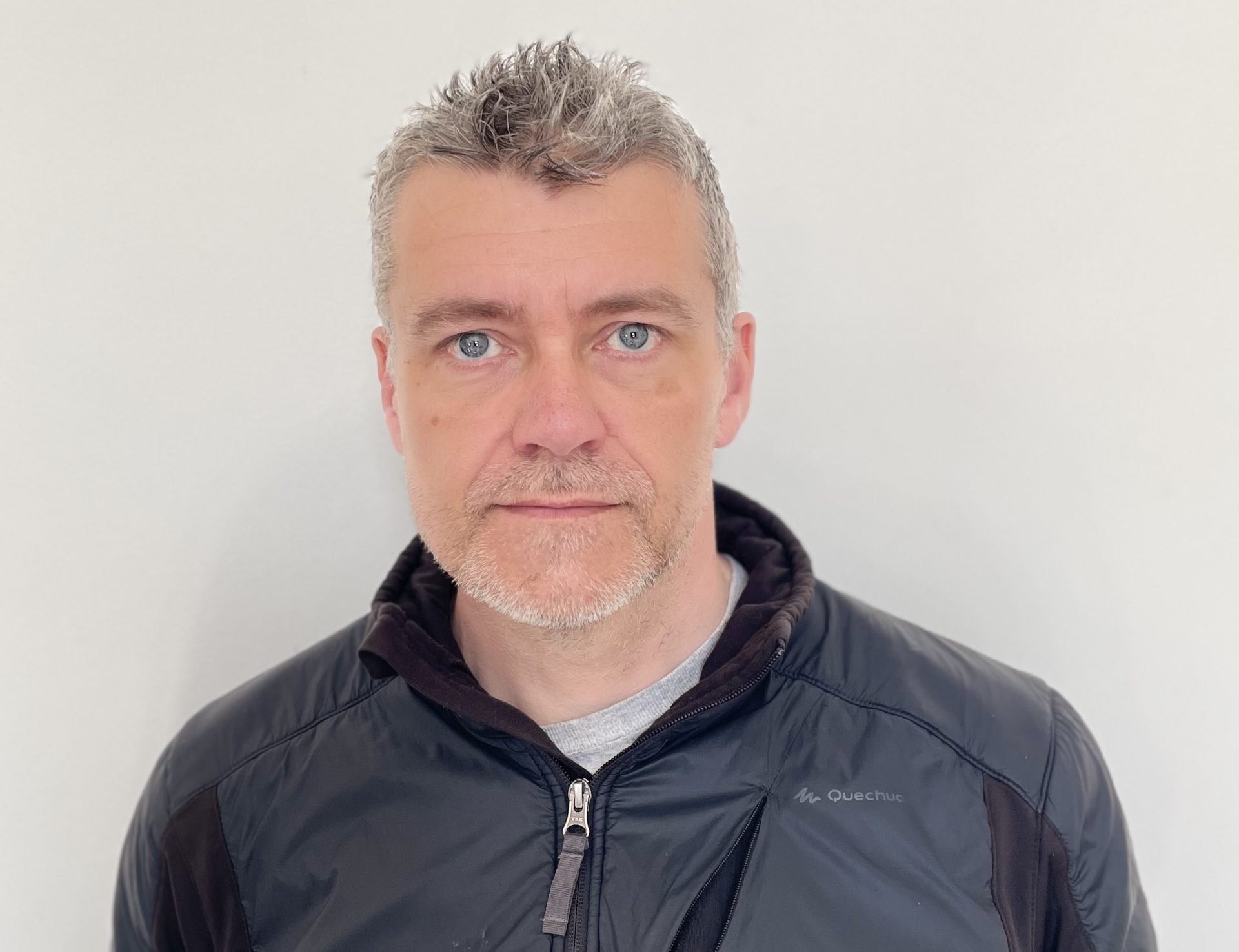
Phil James
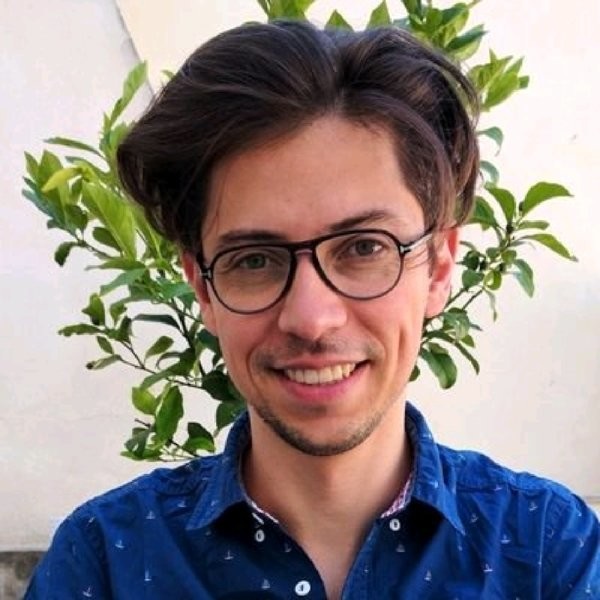
Mr Tom Komar
Machine Learning Engineer
Tom is a machine learning engineer with interest in automating observation, modeling and predicting human behaviour. I develop and manage operations and performance of real-time machine learning systems. My background is in spatial economics and urban planning, and I enjoy working on technologic solutions to social problems in urban contexts.
‘I work on Work Package 4, building video analytics applications for collecting of data about hand-to-face-, surface- contact behavior and other observational studies.‘
University of Manchester
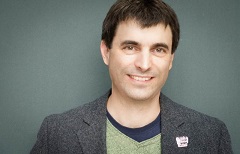
Professor Ian Hall
Professor of Mathematical Epidemiology and Statistics
Ian has experience of mathematical and statistical modelling of a range of infectious diseases and emergency response advice. He is a Fellow of the Alan Turing Institute and a William Penney Fellow at AWE as well as holding honorary contracts with UKHSA and Manchester Foundation Trust. He has been co-chairing the SAGE social care working group since April 2020 to April 2022 and is a member of SPI-M (UK pandemic modelling advisory group) and Environmental Modelling subgroup of SAGE.
‘I work on developing models for dose response and infection of susceptible passengers as part of Work Package 1.’
University of Cambridge
Professor Paul Linden
Director of Research
I am a co-lead of WP5 responsible for laboratory and mathematical modelling of ventilation and its impact on the spread of aerosol particles. I also contribute to risk modelling of infection.
Stuart Dalziel
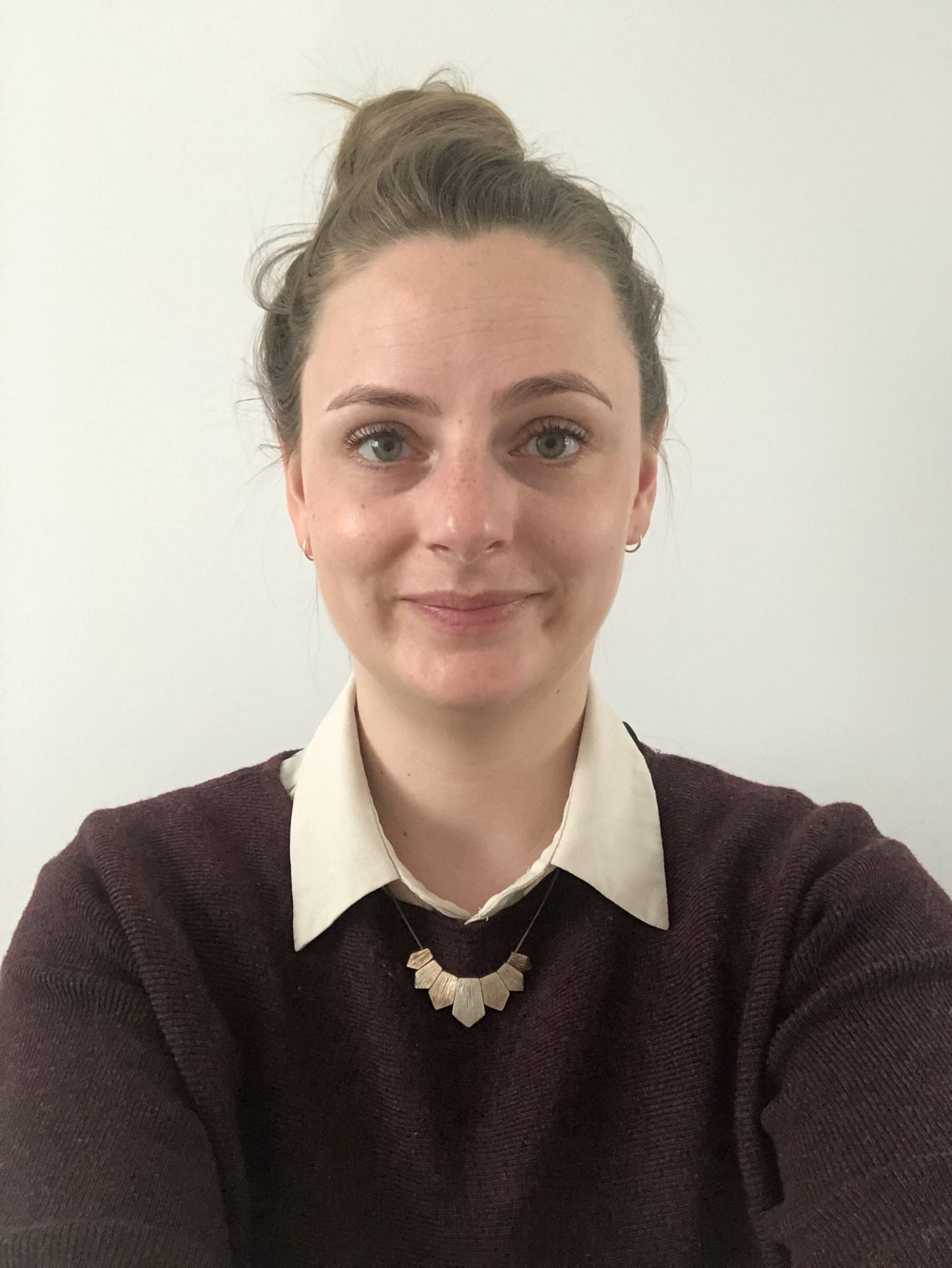
Dr Emily Kruger
Post Doctoral Research Assistant
Emily is an applied mathematician with a history of performing laboratory experiments on buoyancy driven flows. Her research interests include flows in stratified environments and hydraulically controlled flows.
‘I am a researcher working on the the monitoring of in service trains to collect data to inform the mathematical models of the ventilation. I also perform laboratory experiments on scaled down versions of a train carriage to understand how different environmental conditions may occur within a train carriage.’
Imperial College London
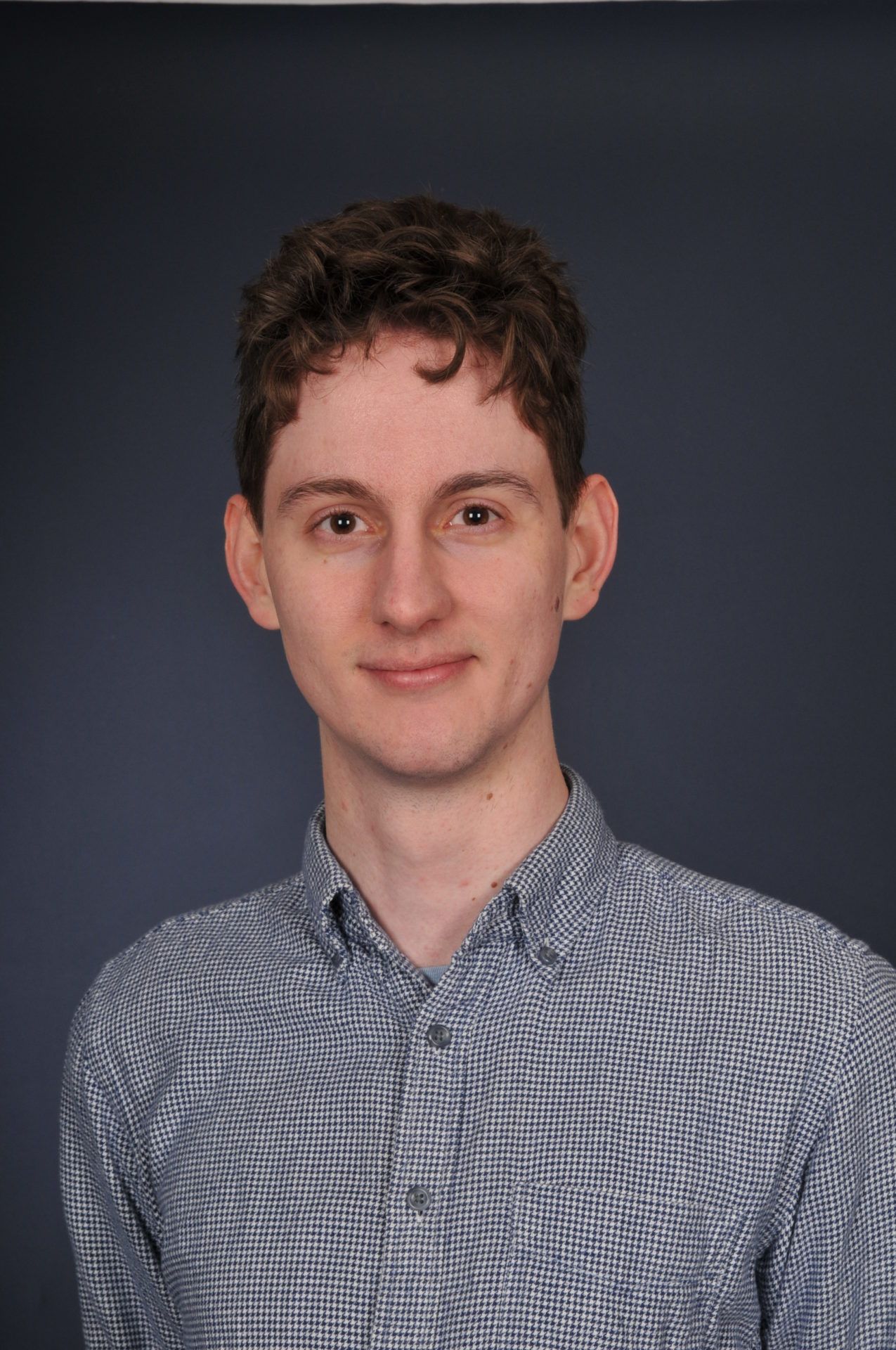
Dr Steven Dargaville
Postdoctoral Researcher
Steven is an applied mathematician with a history of developing models and computational methods to solve problems across a range of fields.
‘I am a researcher working on modelling the airflow and spread of virus with computational tools, that enable us to try and determine the risk of infection to passengers in public transport. This also allows the development of potential measures to mitigate this risk and improve public safety.’
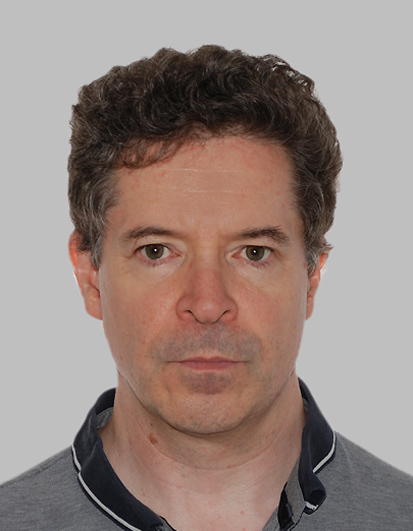
Professor Chris Pain
Professor Department of Earth Science and Engineering
Chris is a professor in the department of Earth Science and Engineering at Imperial College London (ICL), UK. he is also head of the Applied Computation and Modelling Group (AMCG), which is the largest department research group at ICL and comprises of about 70 research active scientists. AMCG specialises in the development and application of innovative and world leading modelling techniques for earth, engineering and biomedical sciences. The group has core research interests in numerical methods for ocean, atmosphere and climate systems, engineering fluids including multiphase flows, neutral particle radiation transport, coupled fluids-solids modelling with discrete element methods, turbulence modelling, inversion methods, imaging, and impact cratering. I am also co-lead of the centre of AI-Physics modelling at Imperial-X.